For Facebook’s F8 developer conference, creative agency Obscura Digital delivered the Connections installation. People could log in and see how they related to others through the eyes of circular visuals projected on the ground:
Once “logged in” to Connections, a radial visualization, constructed from the user’s social graph data, surrounds them creating a unique “fingerprint”. Colored lines extend from the circles connecting people who share one or more of the observed metrics (mutual friends, interests, workplaces, schools, locations, birth sign, or non-English languages). When two or more people, who have mutual connections, stand within close proximity, a slideshow of mutual friends and interests appear between them.
See it in action below. Take it a bit further, and I bet this could be a fun game. Or a novelty in a nerdy bar.
Read More

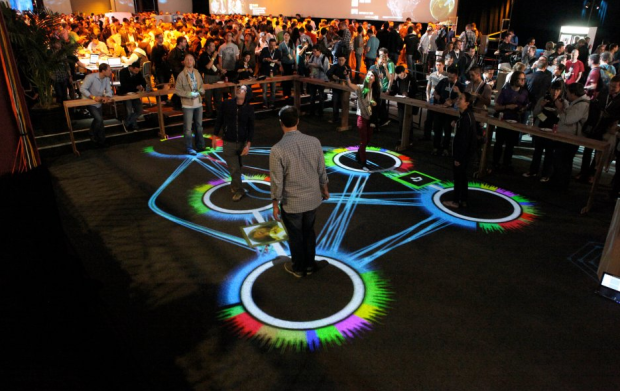
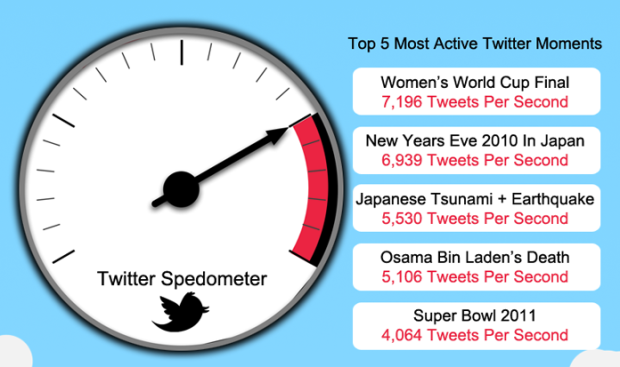
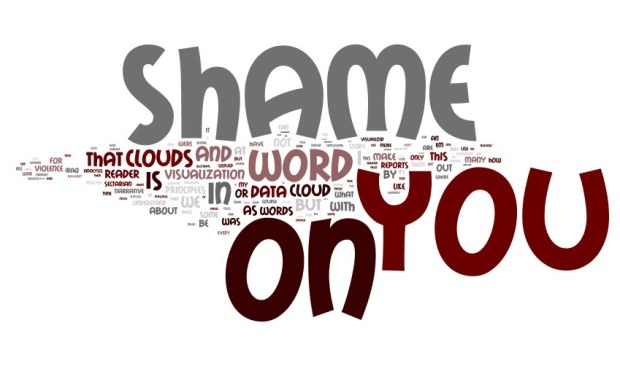

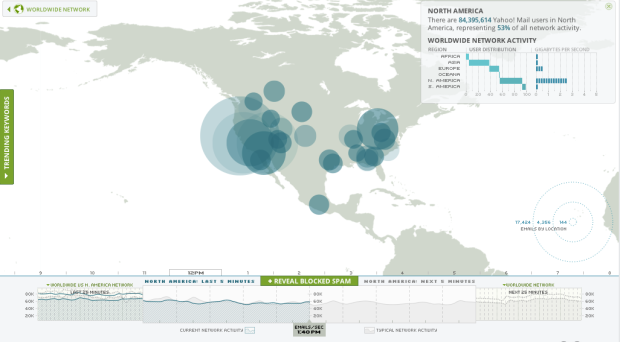
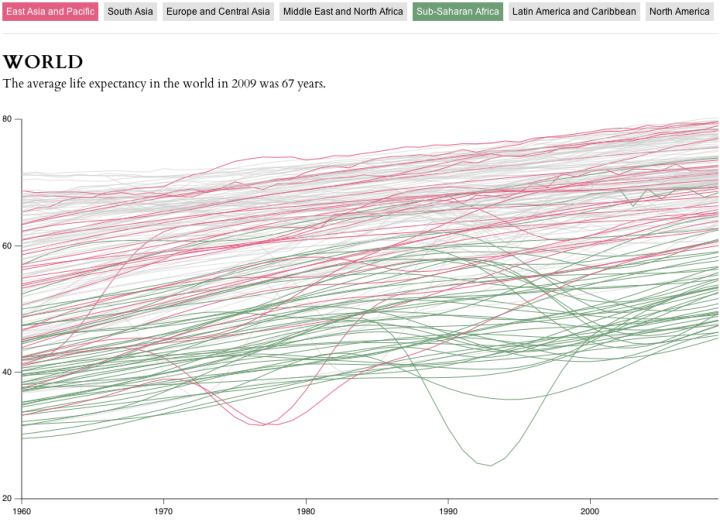
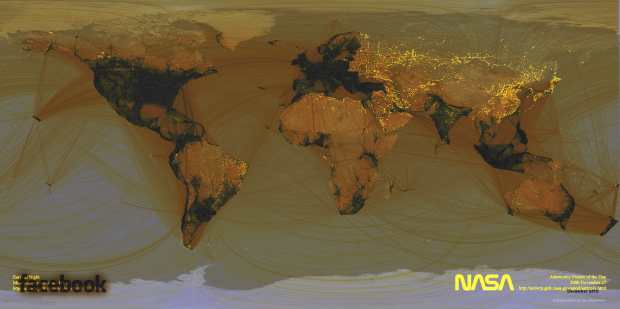
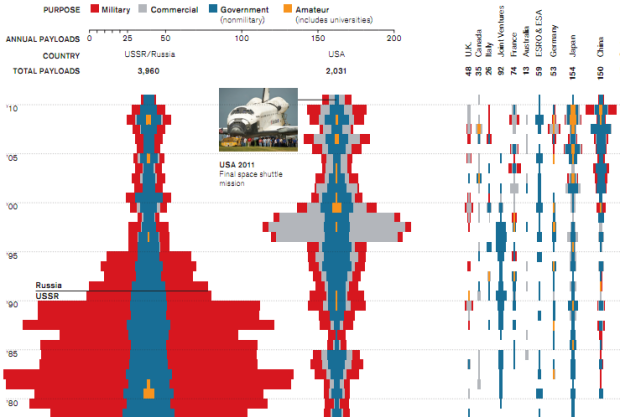
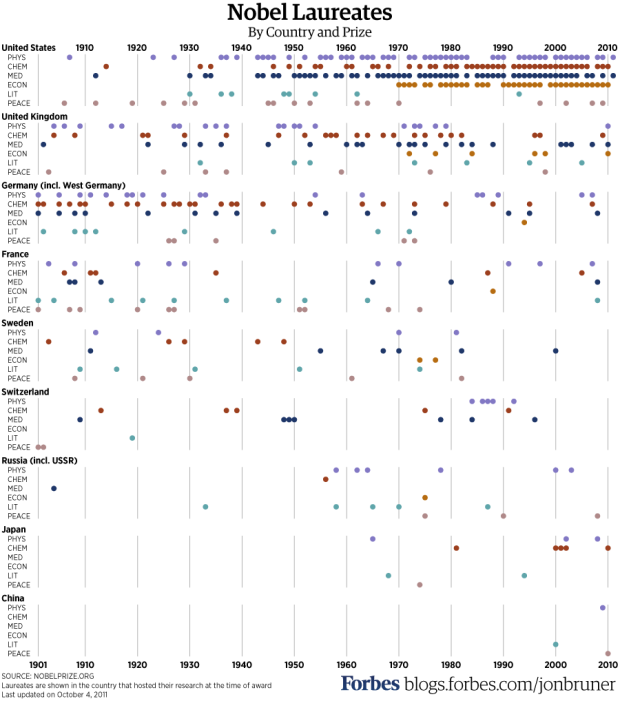
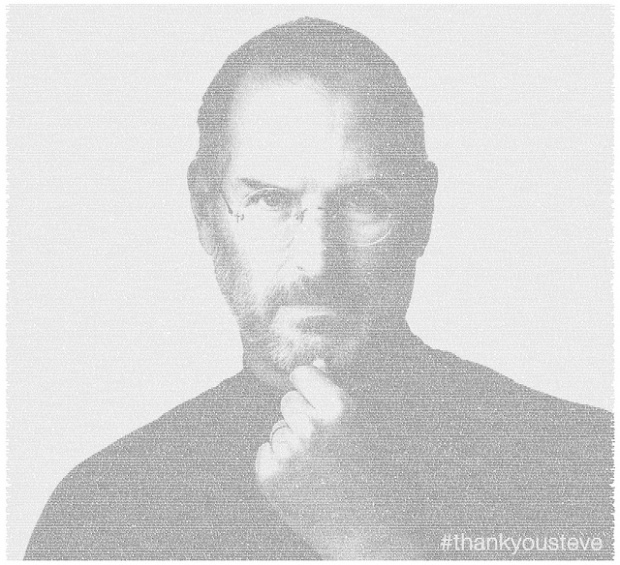
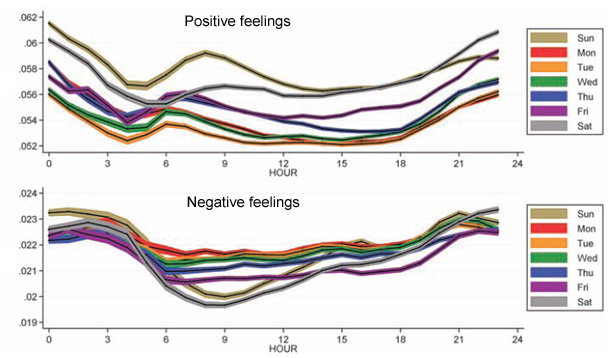
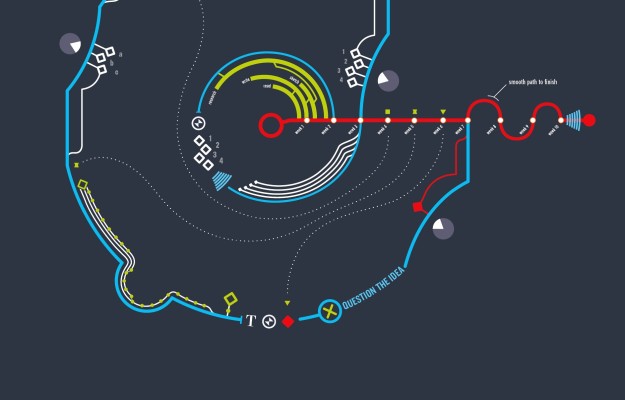
 Visualize This: The FlowingData Guide to Design, Visualization, and Statistics (2nd Edition)
Visualize This: The FlowingData Guide to Design, Visualization, and Statistics (2nd Edition)










